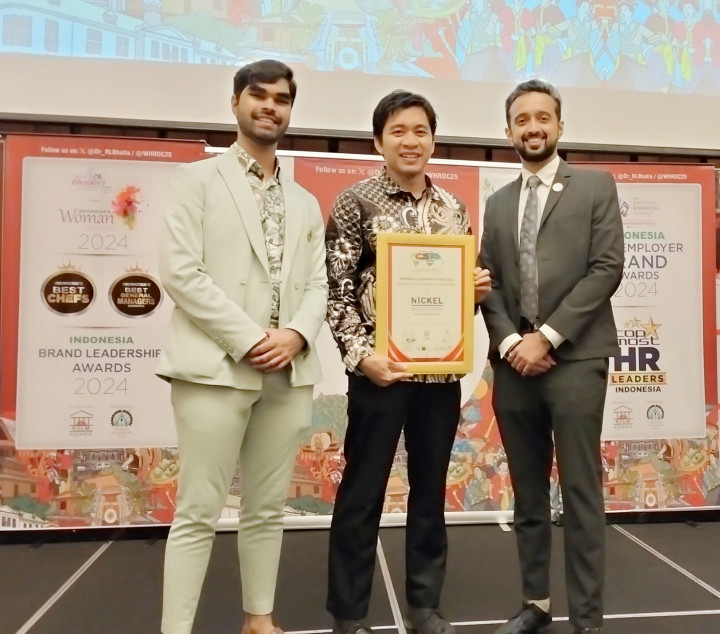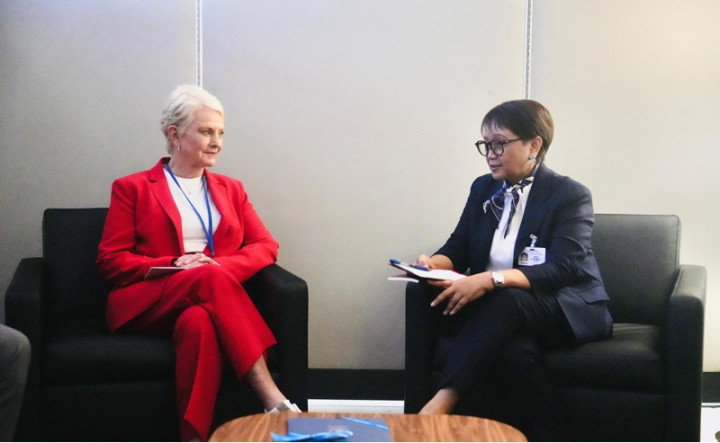Juba: Hunger and malnutrition are on the rise across the flood, drought, and conflict-affected areas of South Sudan, with some communities likely to face starvation if humanitarian assistance is not sustained and climate adaptation measures are not scaled-up, the United Nations has warned.
The latest Integrated Food Security Phase Classification (IPC), released this week, shows about two-thirds of the South Sudanese population (7.76 million people) are likely to face acute food insecurity during the April-July 2023 lean season while 1.4 million children will be malnourished.
The Food and Agriculture Organization (FAO), the United Nations Children’s Fund (UNICEF), and the World Food Programme (WFP) warn that the proportion of people facing high levels of food insecurity (IPC Phase 3 [crisis] or above) and malnourishment is at the highest level ever, surpassing levels seen even during the conflict in 2013 and 2016.
The decline in food security and high prevalence of malnutrition is linked to a combination of conflict, poor macroeconomic conditions, extreme climate events, and spiralling costs of food and fuel.
At the same time, there has been a decline in funding for humanitarian programmes despite the steady rise in humanitarian needs.
"We’ve been in famine prevention mode all year and have staved off the worst outcomes, but this is not enough," warned Makena Walker, Acting Country Director for WFP in South Sudan, in a press release on Thursday.
"South Sudan is on the frontlines of the climate crisis and day in, day out families are losing their homes, cattle, fields and hope to extreme weather. Without humanitarian food assistance, millions more will find themselves in an increasingly dire situation and unable to provide even the most basic food for their families," Walker stated.
The unprecedented, multi-year flood sweeping the country is exacerbating already high levels of hunger caused by ongoing conflict and the global food crisis.
Central parts of the country, which are the most heavily impacted by multiyear flooding, are the areas with the highest levels of food insecurity.
While there have been marginal improvements in food security across some parts of the country, the nutrition crisis across South Sudan is deepening.
All counties except one are showing a deterioration in their nutrition situation through June 2023, including 44 counties where the situation is deemed critical.
Cek Berita dan Artikel yang lain di Google News
FOLLOW US
Ikuti media sosial medcom.id dan dapatkan berbagai keuntungan



















